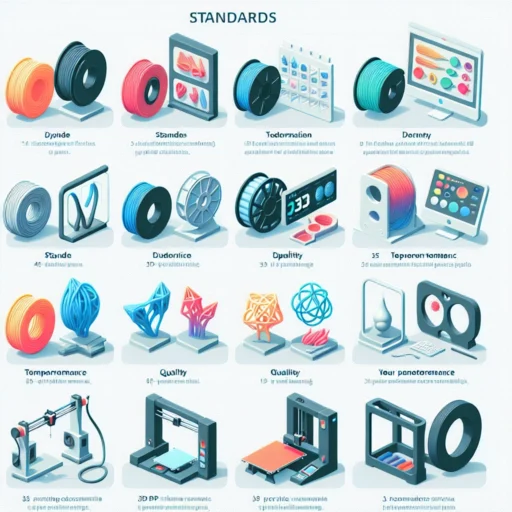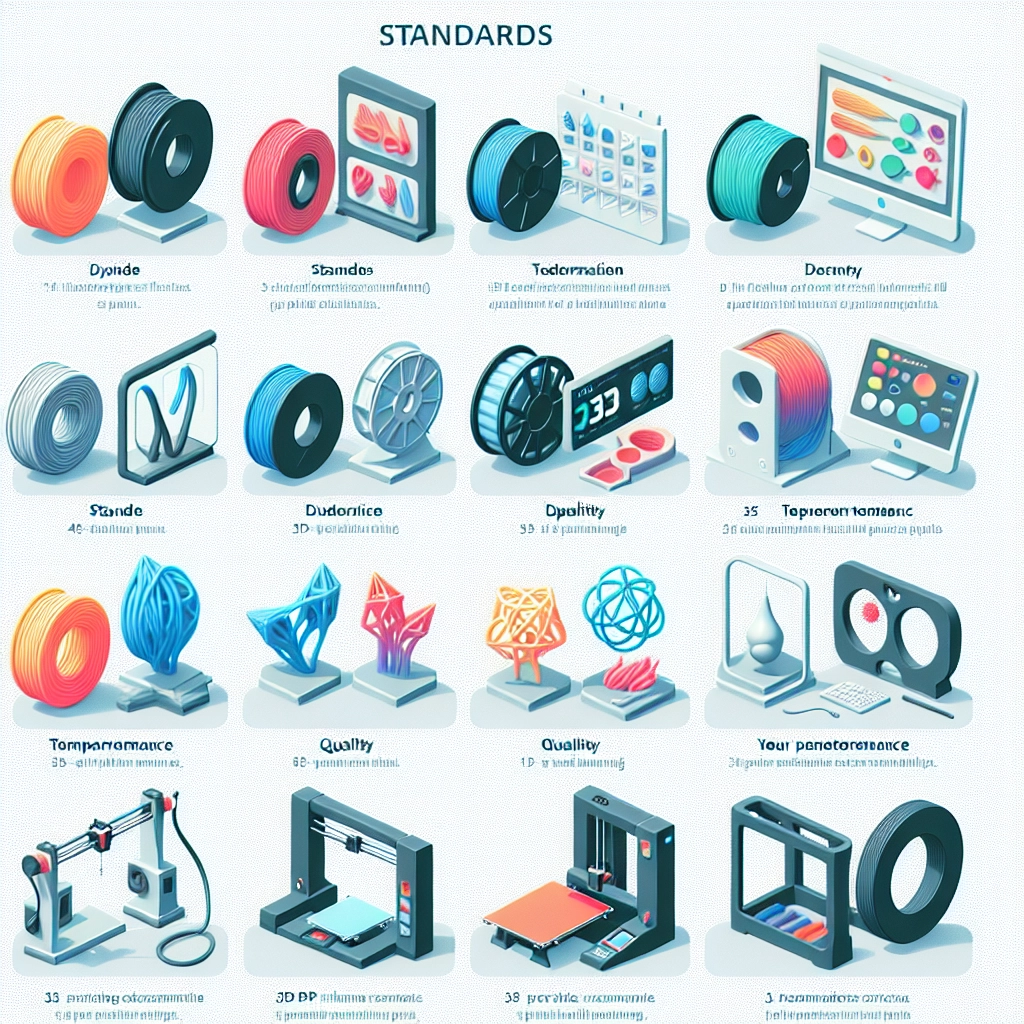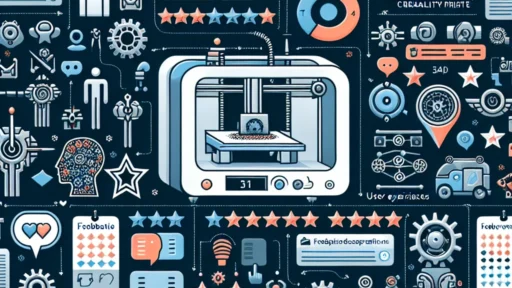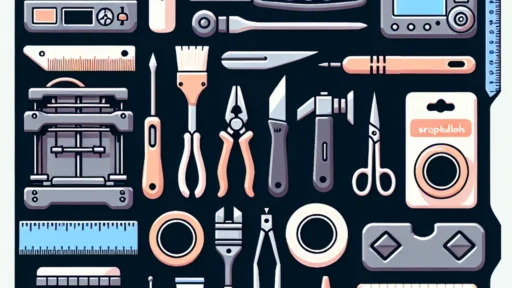A Comprehensive Guide to Choosing the Right 3D Filaments
If you’ve dipped your toes into the world of 3D printing, you’re aware that it’s not just about the printer itself. A key ingredient in this amazing process is the filament you choose. Like a chef selecting the freshest produce for a gourmet meal, the filament plays a significant role in determining the quality and success of your prints. With a plethora of options available, how do you sift through the choices? Fear not! This guide will help you navigate the landscape of 3D filaments, providing insights into popular materials and their best uses.
Understanding Filament Basics
Before we dive into specific types of filaments, it’s essential to understand what filament is and how it works. In the realm of 3D printing, filament refers to the plastic wire that is fed into your printer, melted down, and then extruded layer by layer to create your object. Most filaments come in two standard diameters: 1.75mm and 2.85mm (or 3mm). The diameter you choose largely depends on your printer’s compatibility, so make sure to check your machine’s specifications.
Popular Filament Types
PLA (Polylactic Acid)
One of the most commonly used filaments, PLA, is loved for a reason. It’s biodegradable, made from renewable resources, and is super easy to print. Ideal for beginners, PLA doesn’t warp much, which means you can achieve beautiful prints with little fuss. It also comes in a rainbow of colors and is perfect for aesthetic models, prototypes, and designs that don’t require heavy-duty use. However, keep in mind that PLA isn’t the strongest option for functional parts, especially in high-temperature environments.
ABS (Acrylonitrile Butadiene Styrene)
If you’re looking for durability, ABS might be your go-to filament. Known for its toughness, it’s the material often used in items like LEGO bricks and automotive parts. ABS is great for functional prototypes since it can withstand higher temperatures, but it does come with its quirks. It tends to warp, so a heated print bed is recommended, along with good ventilation due to the fumes it may release during printing. It’s the filament for those who want strength and resilience, albeit with a bit more complexity in the printing process.
PETG (Polyethylene Terephthalate Glycol-Modified)
If you want the best of both worlds, PETG could be your filament soulmate. Strong and flexible, PETG is resistant to impact and has excellent layer adhesion, making it durable enough for practical applications. It’s also food-safe when derived from high-quality sources, which opens up applications in kitchenware. With less warping than ABS and a lower printing temperature, PETG is often an easy choice for those who want reliability without much hassle.
TPU (Thermoplastic Polyurethane)
Are you ready to delve into flexible printing? TPU is a fantastic filament for those who need to create bendable, rubber-like parts. It’s perfect for phone cases, gaskets, or anything that should withstand wear and tear without breaking. Printing with TPU requires a bit of finesse as the filament is soft and can be challenging to feed through the printer. However, once you get the hang of it, you’ll unlock a fascinating world of flexible creations.
Nylon
Nylon is a bit more complex and typically aimed at more advanced users, but it’s well worth considering for its incredible strength and durability. Known for its resistance to wear and tear, this filament holds a great deal of potential for functional parts and intricate designs that need to withstand stress. Just be prepared: Nylon can absorb moisture quite easily, which may lead to issues during printing if it’s not stored properly.
Choosing the Right Filament for Your Project
When it comes down to selecting the perfect filament, consider your project’s requirements. Think about the purpose of your printed object—will it be decorative, functional, or something in-between? If it’s for display and aesthetic, PLA or PETG should serve you well. For functional parts, you might want to lean towards ABS, Nylon, or PETG for their added strength.
Also, don’t forget about the environment you’ll be using your printed object in. If it’s going to be exposed to high temperatures or moisture, going with something more durable like ABS or Nylon is wise. And if you’re looking for versatility, a spool of PETG might be your best friend!
Ultimately, the right filament will depend on your individual needs, preferences, and printer capabilities. Play around, experiment, and don’t be afraid to try something new! With so many options out there, you’re bound to find the perfect match to complement your 3D printing journey. Happy printing!






